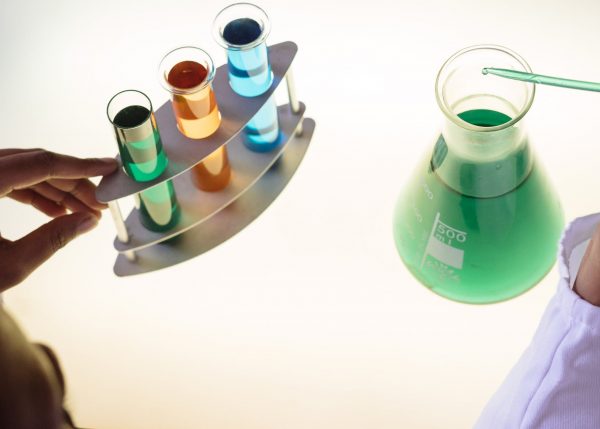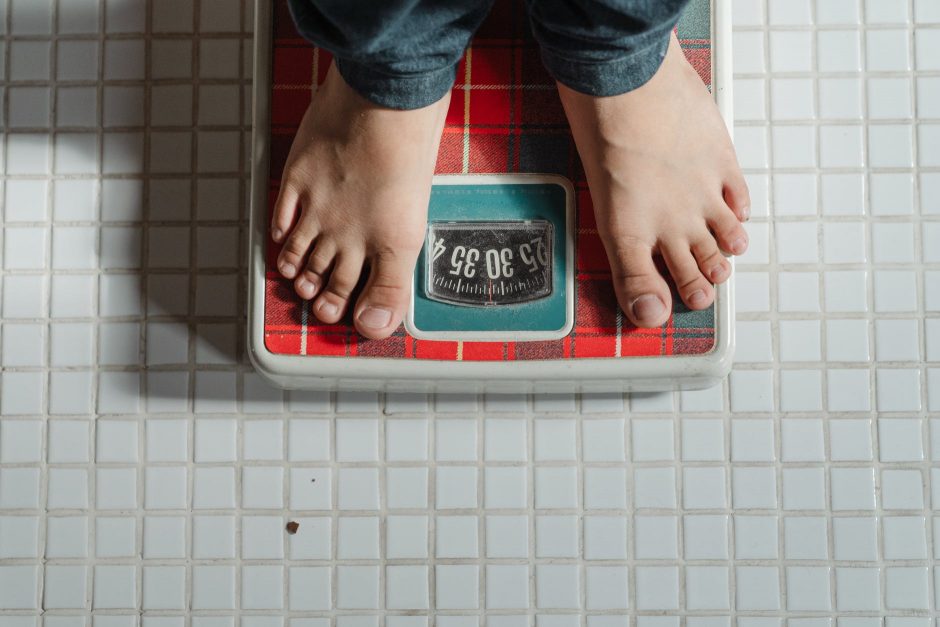Successive Relearning – Successive Relearning* – During initial learning, engaging in retrieval practice with restudy until all items have been learned to criterion (with RememberMore that is three consecutive i.e., correctly recalled responses.) Then, in one or more subsequent sessions, students engage in additional retrieval practice with restudy until all items are successfully relearned (i.e., correctly recalled from memory and in with RememberMore that is a confirming “I know it” responses.)
I keep coming back to “The Power of Successive Relearning: Improving Performance on Course Exams and Long-Term Retention,” Rawson et al., (2013). Back in 2013 the message was clear. Practice tests and spaced study are both highly potent for enhancing learning and memory and Rawson and her colleagues were not the only proponents, see Bjork, Dunlosky and Kornell, (2013).
Combining these two methods under the conditions in which they are most effective yields a promising learning technique referred to as successive relearning.
Rawson et al., (2013).
In Dobson (2013) proposed that, “spaced retrieval” acted much like a multiplier effect to the already reported benefits of retrieval practice alone.
Looking at this paper retrospectively, we have the power to time hop, but even then, for the most part, we stay with Rawson’s work.
Why this paper?
Rawson et al., (2013) strike off the key points of practical, classroom learning – the pins are literally left scattered. The seminal retrieval practice and ‘testing effect’ papers are referenced and acknowledged, spacing having a larger and longer-lasting effects on retention when distributed across days versus within a session, recall over recognition retrieval, once is not enough (but how much is a waste?), retrieval attempts are most potent when successful and long-term retention increases as the number of successful retrievals increases.
What keeps draws me back to this paper is that it was field based and the procedure it adopted. The experiments apply baseline tests (half of the target concepts were successively relearned in the context of the experiment whereas the other half were not.) Then there is the restudy condition without retrieval practice (restudy the most common comparison condition and study strategy most students adopt), as well as a reliance on self-regulated practice. Finally that the substantive content – rather than being disassociated word pairs common in lab studies (without any reference point to the learner), students were tested on “concepts and definitions from the instructor’s course materials.” There are, of course, reasons for both types of experiment.
This paper and most of the seminal papers referenced within it, together with my own teaching beliefs, (high expectations for all learners, high student agency, and assessing / testing informing learning) framed our thinking for the blueprint for RememberMore, that and discussions with my own classes. In fact the frailties of self-regulated spaced testing that Rawson and her colleagues highlighted, became one of the core inefficiencies we knowingly addressed, in designing and building RememberMore. (Now RememberMore is prototyped, we address).
Two final points caught my attention. A number of students, (as many of my own) reported not restudying at all outside of class at all, and the “perennial concern of educators” that students adopt study strategies / schedules to pass exam, as quickly forgetting what they crammed in just before the test. The paper felt honest.
Successive Relearning was being positioned as the “long-term” learning candidate, protecting against these losses. And as a teacher – that was really important to me. If the learning isn’t sticking, what exactly are we revisiting, or looking to build upon, each time we re-encounter a (un)familar topic. Cycling learning quickly becomes farcical. Second, the real world frailties and expectations of students are apparent to any teacher to see.
Two key decisions the paper explores, and no doubt you are considering are:
- During the initial learning session, how many times should students get an item correct before coding it “learnt,” or “secure” – the criterion. How much is too much? (More recently, there is also some “big data” sets to help answer this question).
- How many successive relearning opportunities should be experienced? (Another How much is too much?)
- How should they be schedule or distribution (setting about interleaving).
Procedure
What I would refer to in a classroom as the routine. Initial learning (routine), then a schedule relearning and testing or restudy (scheme or schedule). These are documented extensively in the paper.
Results and Discussion
Experiment 1
Let’s cut to the chase. Successive Relearning improved performance by more than a letter grade based on the grading metric used by the instructor (84% versus 72%) for course exam questions tapping practised concepts versus baseline control concepts, t(66)=3.92, p<0.001, Cohen’s d=0.65.
- The restudy-only condition demonstrate that retrieval practice is an active ingredient in successive relearning (i.e., spacing without testing is not as potent).
- Exam performance for restudied versus baseline control concepts did not significantly differ – spaced restudy alone was not sufficient to produce meaningful gains.
- Exam performance was greater for successively relearned concepts versus restudied concepts [t(33)=2.31, p=0.014, d=0.45], confirming retrieval practice is a critical ingredient of successive relearning.
Were students able to effectively regulate their own learning in a flashcard program that afforded but did not control successive relearning? No. (However, the lack of a significant effect may be partly due to somewhat elevated exam performance for baseline control items.) It is why we are build and now testing RememberMore.
3 days later – baseline performance had lapsed.
In contrast, successive relearning was effective for enhancing retention, with significantly greater performance for practiced versus baseline control concepts on the 3-day test [t(67)=20.42, p<0.001, d=2.90] and on the 24-day test [t(67)=17.31, p<0.001, d=2.37].
Picture baseline student zombies – wondering the University campus 24 days later, failed exam papers in hand!
Experiment 2
Experiment 2 included two successive relearning groups who only practiced to one correct recall during initial learning with one of these groups self-regulating their own successive relearning (less fidelity). What we might refer to as real world learning.
Let’s cut to the chase. Why not. Strike 2. Successive relearning involving three correct recalls during initial practice improved exam performance over baseline, again about one letter grade on the instructor’s grading scale [80% versus 69%, t(18)=1.64, p=0.060, d=0.59].
Again Successive Relearning was effective for enhancing retention.
Timehop – Rawson et al., (2018)
Rawson et al., (2018) offers two experiments defining the “substantial” advantage of successive relearning over single-session learning and a possible explanation.
Relearning potency – is more that just a “dosage effect.” Three relearning sessions boosted 1-week retention to 80%, 3-week retention to 76%. By comparison, the most effective combination of the two initial learning conditions only yielded 38% retention after 1 week.
Items correctly recalled three times during initial learning yielded 26% retention 1 week later. By comparison, items correctly recalled a total of three times across initial learning plus two relearning sessions yielded 68% retention 1 week later.
Retrieval practice yes – but as Successive Relearning. Correctly recalling items one time in three sessions versus three times in one session – yielded a 262% increase in retention test performance (d 2.17), (Rawson et al., 2018).
Back to 2013
Rawson et al., (2013) also noted the importance and role that instructors play teaching students about successive relearning and coaching them on effective use of the strategy. The recommendation is to effectively engage students in successive relearning. Students need to identify the to-be-learned concepts, engage in full-blown retrieval attempts (code for effortful thinking), accurately judge when their responses are correct, and manage the schedule of practice within and across sessions, in and out of class (Rawson and Dunlosky, 2013).
With Rawson’s research insights, wider reading and more recent data sets, we looked to design RememberMore to address at least the initial learning exposure, manage the metacognitive judgement accuracy, and most definitely address the schedule and make successive relearning possible in and out of class.
How much learning and relearning? When? What?
If a student engages in relearning, the initial learning criterion has nominal impact for long-term retention. However, students who took more time to practice concepts to a higher criterion level (three or four times versus only once) during initial learning, recouped time, as a result of faster relearning in subsequent sessions, (just not all the time). Teachers, limit your investment in initial learning, if you intend to engage in Successive Relearning.

Rawson and Dunlosky (2011) showed the number of relearning sessions mattered for long-term retention or learning durability, though the gains were diminishing. Four relearning sessions produced a 76% improvement on the one-month test, a 62% improvement on the four-month test, over one relearning session. The tapering is clear to see.
Teachers, definitely relearning however limit your Successive Relearning opportunities.
I know you are going to ask next… What is the recommended spacing or schedule between relearning sessions or what schedule should teacher adopt? That is not an easy question to answer. The answer is offer is taken from Cepeda et al., (2008):
“If you want to know the optimal distribution of your study time, you need to decide how long you wish to remember something.”
Cepeda et al., (2008).
That is often the exam date.
This reading consolidates as a useful rule of thumb. 3+3. Three correct responses during the initial learning. Three successive relearning opportunities (benefiting from the largest successive gains) – bridging the time between now and the exam / test, avoiding a time frame where the information would otherwise be forgotten completely.
What to study?
That is down to you at teachers to define.
Bjork, Robert & Dunlosky, John & Kornell, Nate. (2012). Self-Regulated Learning: Beliefs, Techniques, and Illusions. Annual review of psychology. 64. 10.1146/annurev-psych-113011-143823.
Carpenter, S. K, Cepeda, N. J., Rohrer, D., Kang, S. H. K., & Pashler, H. (2012). Using spacing to enhance diverse forms of learning: Review of recent research and implications for instruction. Educational Psychology Review, 24,369-378.
Cepeda NJ, Vul E, Rohrer D, Wixted JT, Pashler H. Spacing effects in learning: a temporal ridgeline of optimal retention. Psychol Sci. 2008 Nov;19(11):1095-102. doi: 10.1111/j.1467-9280.2008.02209.x. PMID: 19076480.
Rawson, K. A., & Dunlosky, J. (2011). Optimizing schedules of retrieval practice for durable and efficient learning: How much is enough? Journal of Experimental Psychology: General, 140, 283-302.
Rawson, K., Dunlosky, J., & Sciartelli, S. (2013). The Power of Successive Relearning: Improving Performance on Course Exams and Long-Term Retention. Educational Psychology Review, 25(4), 523-548.
Rawson, K. A., Vaughn, K. E., Walsh, M., & Dunlosky, J. (2018). Investigating and explaining the effects of successive relearning on long-term retention. Journal of experimental psychology. Applied, 24(1), 57–71. https://doi.org/10.1037/xap0000146


